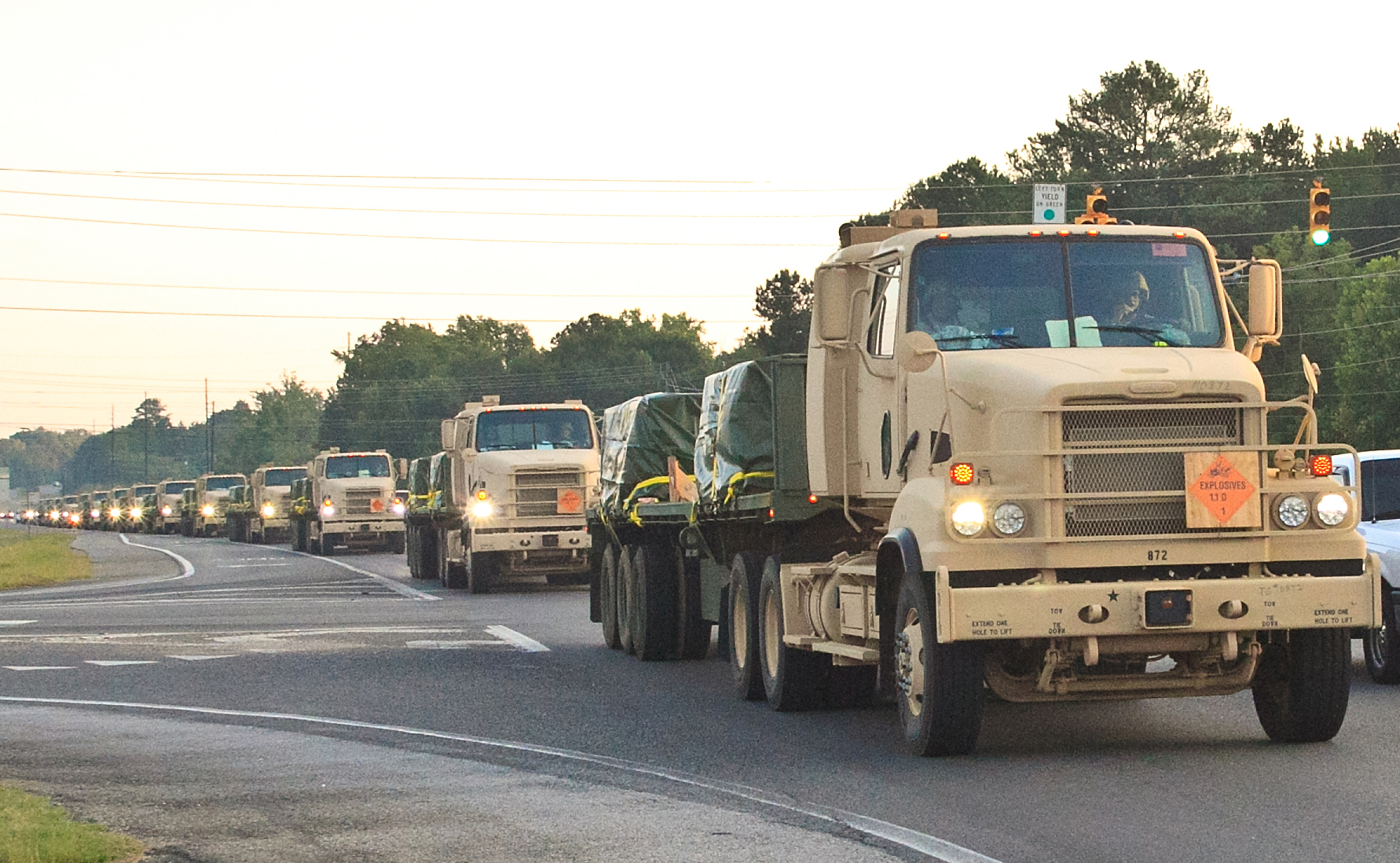HAZMAT Class 1 Explosives on:
[Wikipedia]
[Google]
[Amazon]


Hazmat
Dangerous goods, abbreviated DG, are substances that when transported are a risk to health, safety, property or the environment. Certain dangerous goods that pose risks even when not being transported are known as hazardous materials ( syllabi ...
Class 1 are explosive materials
An explosive (or explosive material) is a reactive substance that contains a great amount of potential energy that can produce an explosion if released suddenly, usually accompanied by the production of light, heat, sound, and pressure. An expl ...
which are any substance or article, including a device, which is designed to function by explosion or which, by chemical reaction
A chemical reaction is a process that leads to the IUPAC nomenclature for organic transformations, chemical transformation of one set of chemical substances to another. Classically, chemical reactions encompass changes that only involve the pos ...
within itself is able to function in a similar manner even if not designed to function by explosion.
Class 1 consists of six ' divisions', that describes the potential hazard posed by the explosive. The division number is the second number after the decimal point on a placard.
The classification has an additional layer, of categorization, known as ' compatibility groups', which breaks explosives in the same division into one of 13 groups, identified by a letter, which is used to separate incompatible explosives from each other. This letter also appears on the placard, following the number.
The movement of class 1 materials is tightly regulated, especially for divisions 1.1 and 1.2, which represent some of the most dangerous explosives, with the greatest potential for destruction and loss of life. Regulations in the United States require drivers have and follow a pre-prepared route, not park the vehicle within of bridges, tunnels, a fire, or crowded places. The vehicle must be attended to by its driver at all times while its parked. Drivers are also required to carry the following paperwork and keep it in an accessible and easy to locate location: written emergency instructions, written route plan, a copy of Federal Motor Carrier Safety Regulations, Part 397 - ''Transport of Hazardous Materials; driving and parking rules''. Some tunnels and bridges severely restrict or completely forbid vehicles carrying Class 1 cargoes.
Divisions
Placards
Compatibility table
Transportation segregation table
Compatibility group table
See also
*Dangerous goods
Dangerous goods, abbreviated DG, are substances that when transported are a risk to health, safety, property or the environment. Certain dangerous goods that pose risks even when not being transported are known as hazardous materials ( syllabi ...
* Explosive
An explosive (or explosive material) is a reactive substance that contains a great amount of potential energy that can produce an explosion if released suddenly, usually accompanied by the production of light, heat, sound, and pressure. An expl ...
* Hazardous material
Dangerous goods, abbreviated DG, are substances that when transported are a risk to health, safety, property or the environment. Certain dangerous goods that pose risks even when not being transported are known as hazardous materials ( syllabi ...
Notes
References